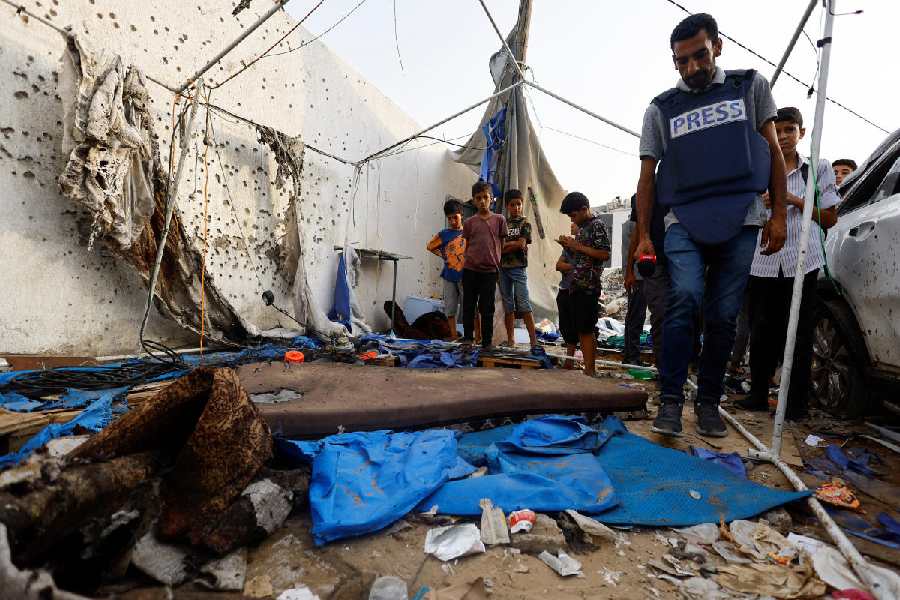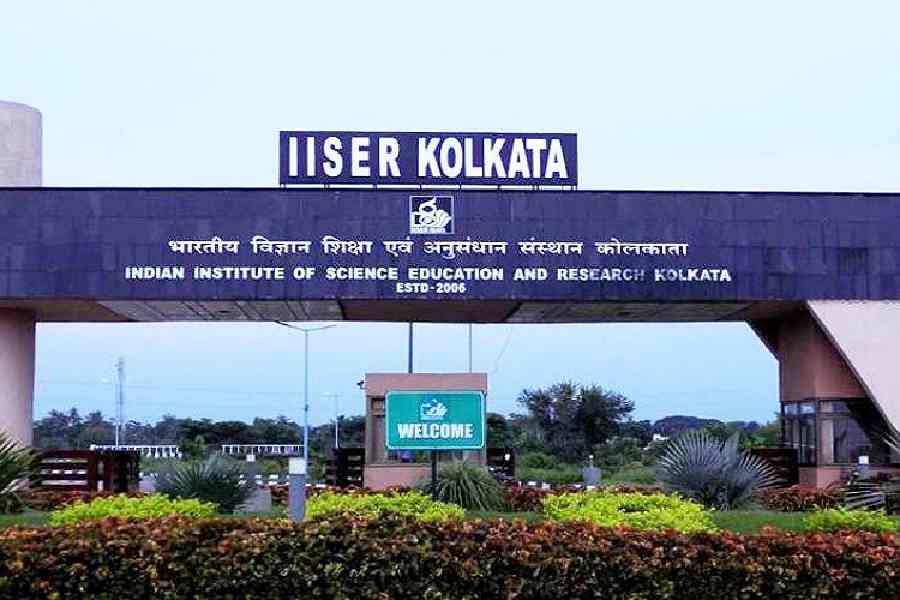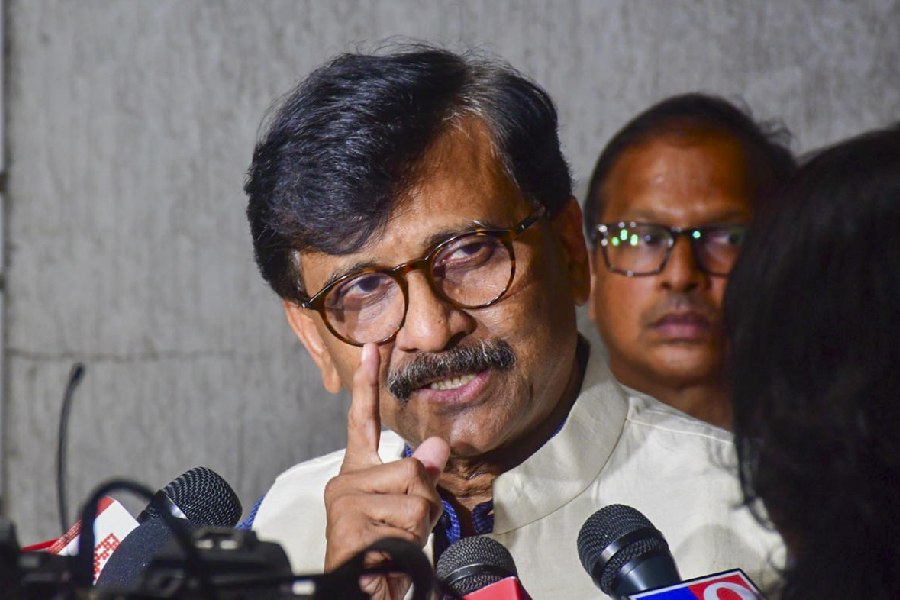
On the occasion of World Earth Day, Sandeep Mishra of The Telegraph checks the ambient air quality and the condition of drinking water available in the city.
Air care
Residents are breathing in toxic air, as the suspended particulate matter (SPM) in the air is higher than the permissible limit.
The state pollution control board has installed four air-pollution monitoring devices at Unit-I, Unit-VIII, Patrapada and Chandrasekharpur to check the air quality on a regular basis. It has installed a display board at Power House Square here where it puts up the collected data.
The board collates data on air pollution every week from the monitoring stations to determine the pollution levels. Usually, the amount of dust particles in the air is found to be higher in winter than in summer, but, a reverse trend can be seen here.
The report has found that SPM at Unit-I and Unit-VIII are 144 and 112 micro gram per cubic metre cube whereas according to standard norms, it should not exceed 100 micro gram per cubic metre.
Senior environmental scientist of the pollution board D.K. Behera said that suspended particles in the air during summer was usually low, but the situation here was alarming. According to him, rapid construction across the city and rising vehicular population have triggered the problem.
"Vehicular pollution and construction activities force the dust particles level to rise. The roads and flyovers expansion works are also responsible. Trees should be planted on a war footing to salvage the situation," said Behera.
Medical experts said that breathing polluted air could invite a number of respiratory diseases. Capital Hospital superintendent Binod Mishra said the hospital received nearly 30 to 40 patients with different kinds of respiratory problems everyday. He said that bad air quality could cause diseases such as bronchitis and tuberculosis.
"Breathing polluted air could be fatal for asthmatic patients," said Mishra.

Water woes
If the poor air quality was not enough, water pollution remains another area of concern here more after the outbreak of jaundice. Nearly 57 people got affected in Jharana Basti after consuming contaminated water. In 2015, nearly 40 security personnel of Central Reserve Police Force fell ill after drinking polluted water.
A public health laboratory report has found faecal contamination to be the source of the disease outbreak in the city. "There are many pipelines in the city that go adjacent to the sewage lines. There are high chances of leakages in the pipes and subsequent contamination," said director of public health Kailash Dash.
With the constant rise in the mercury level coupled with air and water pollution already becoming a cause for concern, the city needs a plan for sustainable development especially when it has topped the smart city race, said experts on the sustainable development plan of the city at a workshop today.
Experts from various fields, including Indo-German Chamber of Commerce, Indo-Italian Chamber of Commerce, World Resource Institute (WRI), AEON Consultants, gave their inputs at the meeting with the mayor Ananta Narayan Jena.
"The city administration should bring in mechanism for eco-certification of buildings as well as building materials. In the United States of America and Italy, the building materials are usually made of recycled items. The green building norms should also be implemented in Bhubaneswar," said vice-president Indo-Italian Chamber of Commerce Cesare Saccani.
Member of Indo-German Chamber of Commerce, Achim Rodewald said: "I am happy that Germany is helping the city to transform itself into a smart city. The administration should take steps to initiate energy efficient measures. It should use all the sources such as solar, wind and others to generate power. This could help in balancing the ecological as well as economical status of the city."
Bhubaneswar North MLA Priyadarshi Mishra said that the current trend of mercury rise in the capital city was alarming and there was an urgent need to address this problem before it got too late.
"Mercury is rising rapidly in the city. This is the result of rapid urbanisation, increasing number of vehicles and cutting of trees and planting less. In the smart city project, we will support non-motorised transport and also initiated drives to bring back the greenery of the city," said Mishra.











